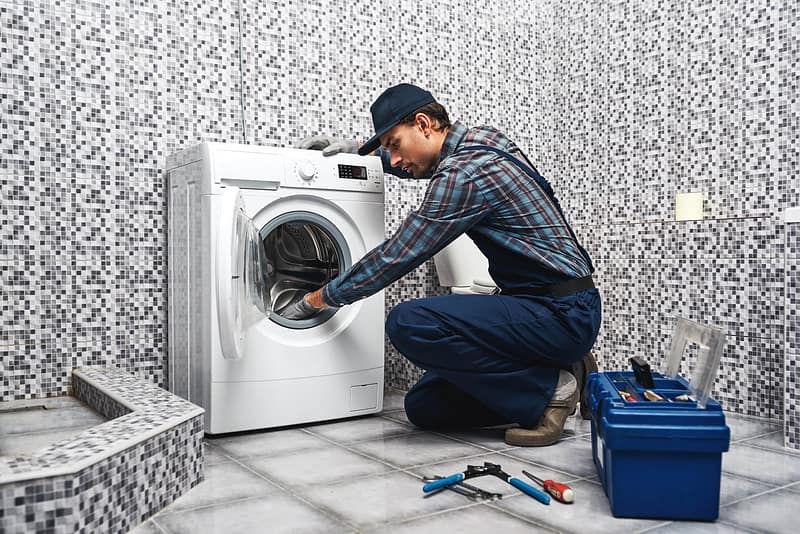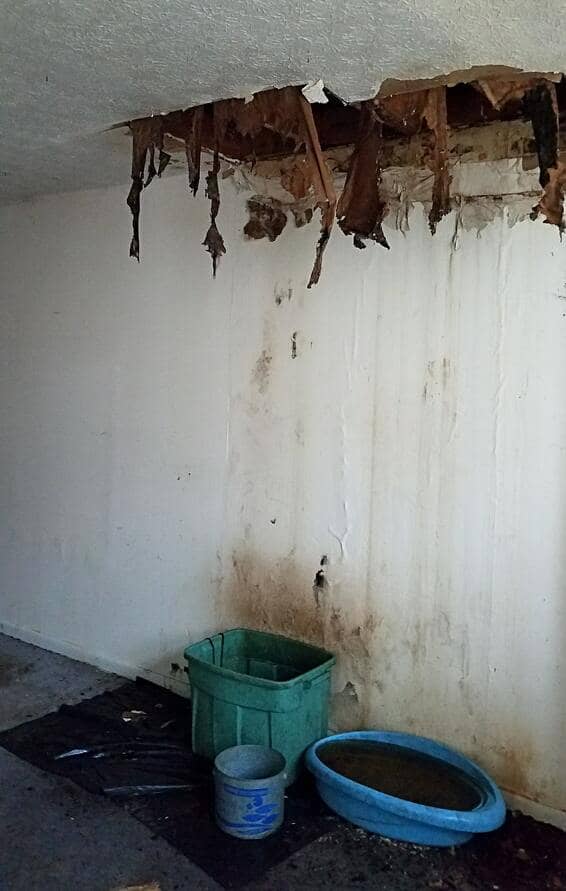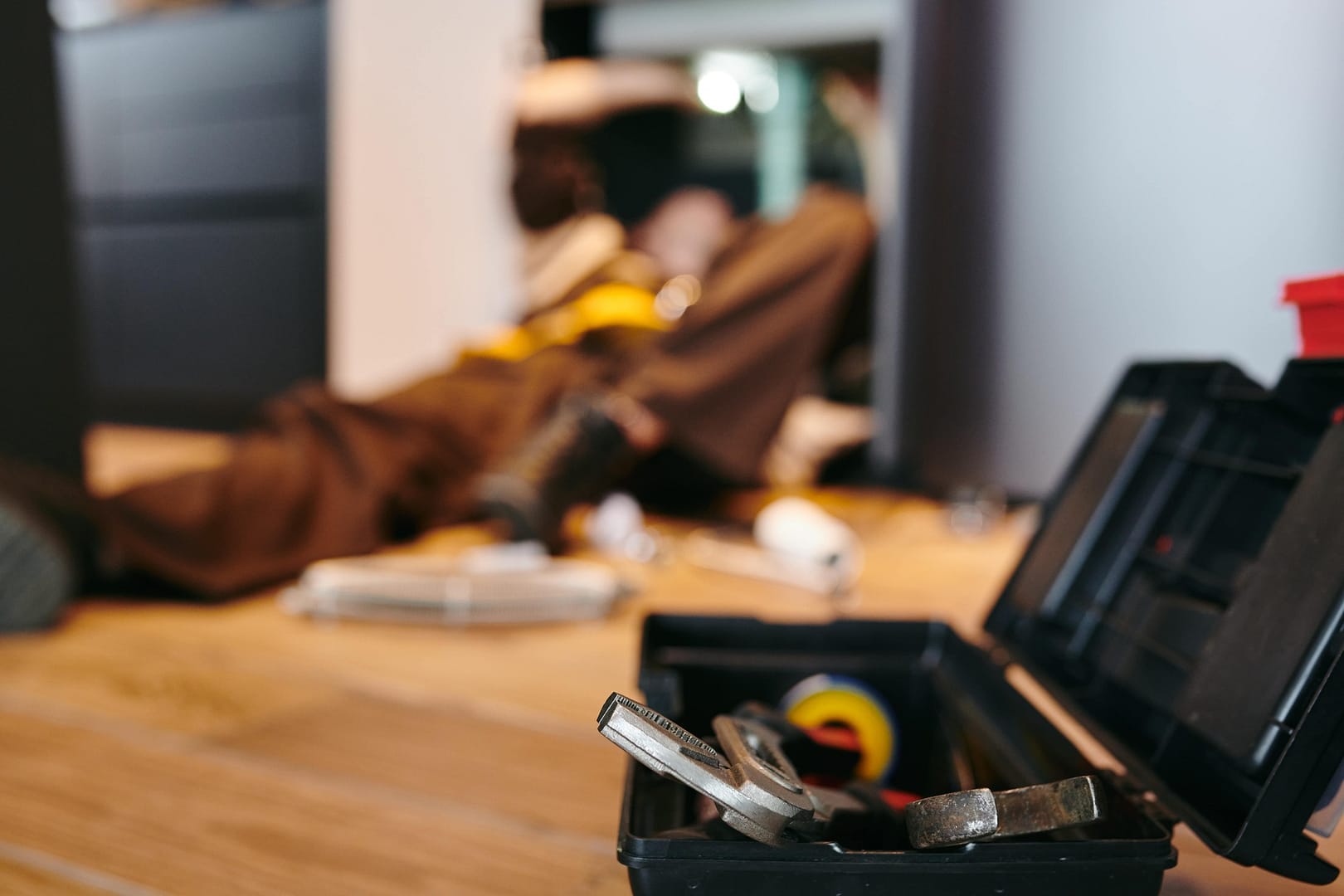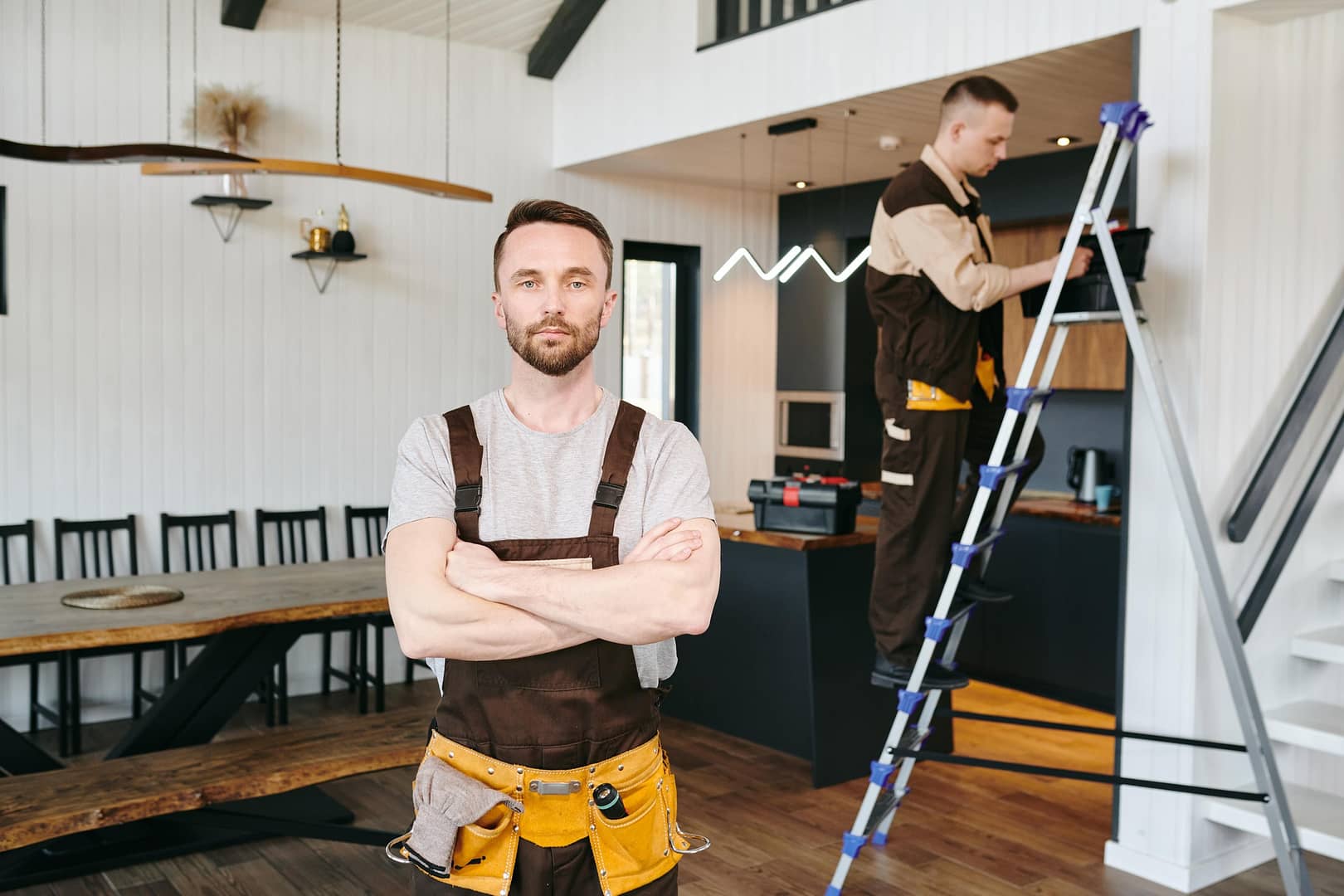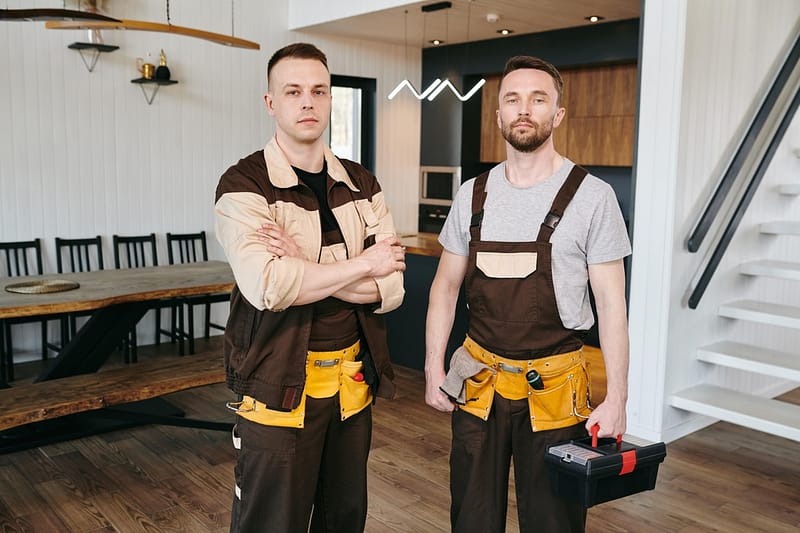How to detect a water leak?
Water leaks are a common problem in UK homes, especially if you have hard water (water with a high mineral content). But don’t worry – most leaks can be fixed quickly and cheaply. If you learn how to detect a water leak, then you may be able to fix the damage before it becomes severe. This guide will explain how to find the source of a leak so that you can get your pipes sorted quickly and stop water from damaging your home.
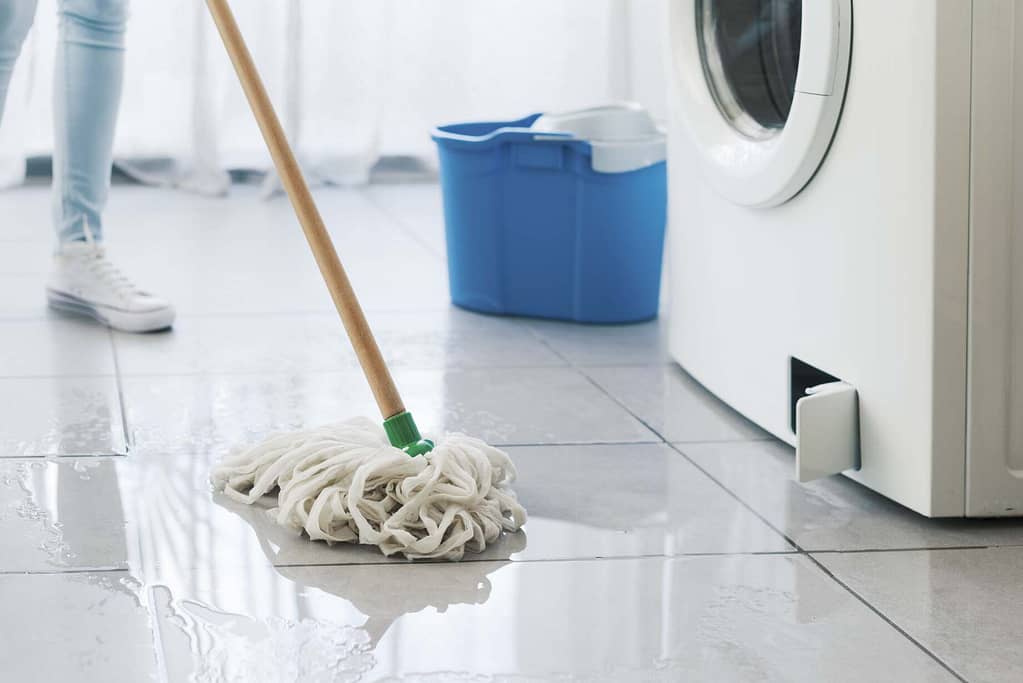
Look at Your Water Meter.
- You can check your water meter using a stopwatch and observe how long it takes for the dial to move. A moving dial when you aren’t using water in your house means there is a leak somewhere, but if it doesn’t move at all when you are not using water, then no leak exists.
- Another method is by simply noticing the difference in your water bills from month to month. If you notice that your bill has increased significantly recently, there may be a leak somewhere in the house.
Check Your Water Pressure.
If you have low water pressure, it may be time to do a full-scale investigation into your home’s plumbing system. Low pressure is often the result of a leak somewhere in the system. Your best bet for finding out if there’s a leak is to check the water pressure at your house.
You can find this valve by opening up one of your faucets and seeing what comes out: The closer this stream of water is to being straight and pointing down, without any kinks or bends in it, the better you should be able to detect leaks in your pipes. If there’s more than just some minor kinking before reaching its destination point (meaning that no matter how hard you try), then there might be some severe issues with your plumbing system—including leaks!
Watch Out for Exterior Puddling and Leaks.
To detect a water leak, you’ll need to look for puddling and leaks. Look outside your home for puddles on the ground, especially near your foundation. Check inside, too: If there are wet spots on the walls or ceiling of your basement or crawlspace, that might be evidence of a leak. In-wall plumbing can also cause leaks behind drywall.
Look for wet spots on carpeting as well as hardwood floors and linoleum—these can indicate a slow leak in an appliance (like a dishwasher), sink faucet or toilet tank.
Call now for a free estimate!
Look at the Amount of Water in the Tank.
- Check the Water Level in Your Tank.
If your tank is leaking, it will show how much water is left in the tank. If there’s less than what should be expected based on how much water you used during the week, then this could be a sign of a leak. If there’s more than what should be expected based on how much water you used during the week, then this could also be a sign of a leak—it might mean that some pipes are dripping somewhere and not being accounted for by either your meter or your home’s supply lines. Either way, check your meter every week to keep track of these changes!
Watch Out for Mold, Mildew, and Fungus.
You can watch out for mould, mildew, and fungus by keeping a close eye on your home’s humidity levels. If it’s been wet in your basement or bathroom recently, chances are you have a leak somewhere!
Mould is especially common in basements because they’re often damp and dark. Mildew and mould spores usually thrive in these environments—and they’re not just gross to look at: They can also cause health problems like asthma attacks or allergies if you come into contact with them regularly enough.
The effects of mildew aren’t limited to your health either; if left unchecked for long periods of time (especially during winter months), it could actually damage the structure of your home too! That might mean having costly repairs done on drywall or subfloors that have sustained water damage from leaks over time. So don’t wait around until something goes wrong—get proactive about finding those pesky leaks before they get out of hand!
Watch Out for Discolored Walls, Floors, and Doors.
A leak can be detected by checking the walls, floors and doors for discolouration. This may sound like a simple task but looking at these signs is not always straightforward. You need to know what you are looking for in order to detect a leak.
- Check if the walls, floors and doors are discoloured: As time goes by, water can cause damage to your property’s structure as well as its foundations. This means that plasterwork will start falling off from ceilings or walls because of leaks in your pipes or roof, which might not necessarily be visible at first glance due to their location being concealed by furniture; however, if there has been continuous leakage over an extended period of time, then this could result in mould growing on surfaces such as wallpaper or paintwork which will indicate where there has been dampness present in rooms such as kitchens/bathrooms etcetera.
- Check if there is a dampness in the basement: If there is moisture present around these areas, then it may suggest that there has been localized flooding caused by basement flooding, which could lead up into other parts of your home, causing further risk of damage such as wood rot due to fungus growth on wet wooden surfaces (such as window frames). This type of problem often creates issues with drainage systems, too, so make sure they’re working correctly before moving on to other things like checking leaks under sinks.
Call now for a free estimate!
A professional plumber helps you find where is the water leak and solve it.
A professional plumber is trained to find water leaks and fix them. Professional plumbers are also trained to prevent future water leaks so that you do not have this problem again in the future. A professional plumber will help you save money by preventing expensive pipe damage and by finding potential problems before they become costly issues. They will also help save time because they can determine the source of the leak faster than anyone else!
Conclusion
Remember, even if you have a suspicion that your house has a water leak, it’s best to call in an expert to confirm. If you suspect any of the issues outlined above, getting in touch with someone who specializes in leak detection can help put your mind at ease and identify the source of the problem.

